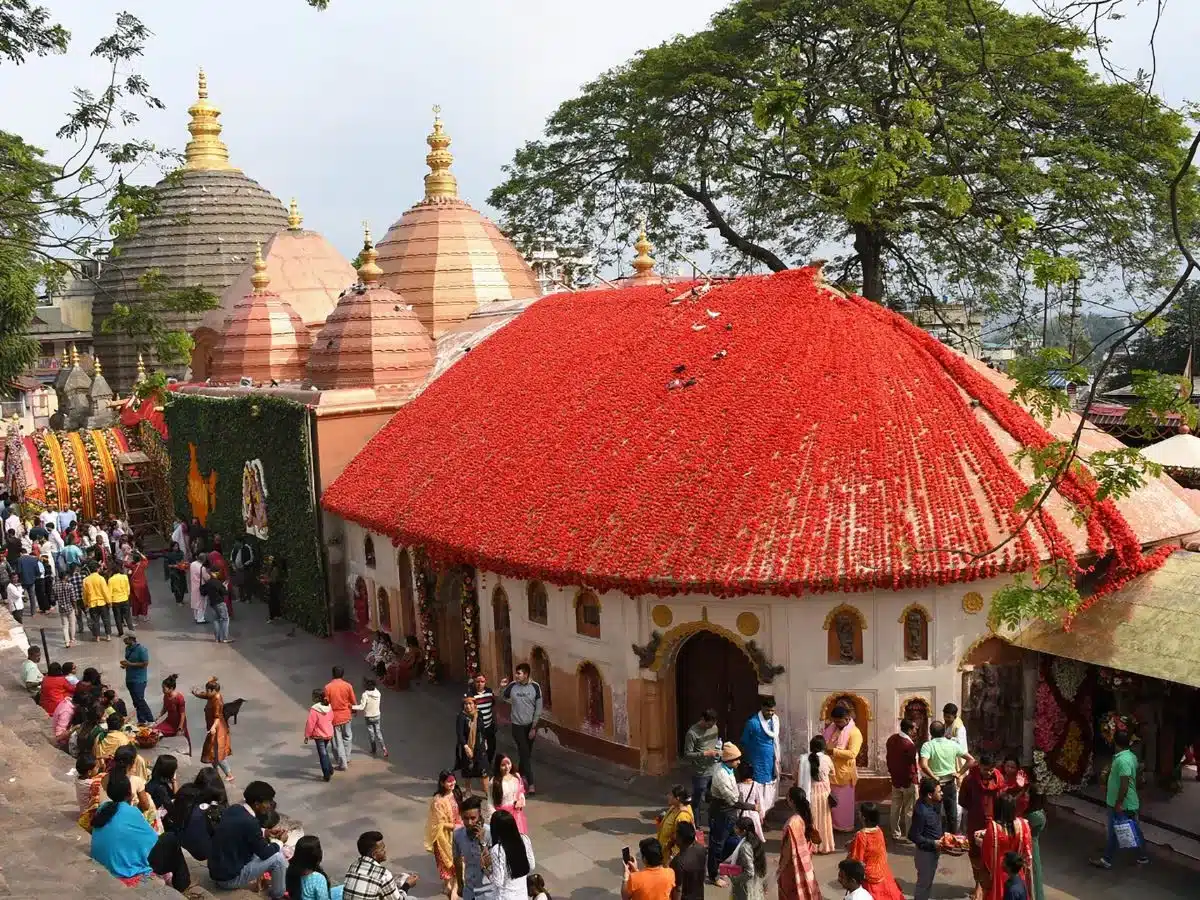The Traditional Flavors of Assam
Assamese cuisine is renowned for its simplicity, taste, and the way it reflects the region's rich culture and agricultural heritage. Among the most cherished components of Assamese cuisine is Jolpaan—a term that refers to the assortment of snacks and breakfast items unique to Assam. Jolpaan is not just food; it’s an experience, a celebration of Assam’s culinary traditions passed down through generations. Let’s take a journey through the essence, ingredients, and cultural importance of Jolpaan, uncovering the unique flavors that make it a quintessential part of Assamese life.

What is Jolpaan?
In Assamese, “Jolpaan” typically refers to light meals or snacks, particularly breakfast items that are enjoyed early in the morning or as a refreshment. Jolpaan is often homemade and includes a variety of rice-based dishes, served with a blend of locally-sourced ingredients like fresh fruits, dairy, and jaggery. This traditional snack holds a special place in Assamese households, where it is a symbol of hospitality and a source of comfort. The essence of Jolpaan lies in its rustic appeal and the use of ingredients harvested from local farms, symbolizing a connection with nature and local culture.
The Cultural Significance of Jolpaan
In Assam, Jolpaan is more than a meal; it’s a ritual. It’s commonly served to guests as a token of respect and warmth and plays an integral part in Assamese festivities, especially during Bihu, the harvest festival. Families across Assam prepare elaborate Jolpaan spreads to welcome the season, comprising dishes that showcase regional flavors and highlight Assamese hospitality. Jolpaan, therefore, is not just a culinary delight but a social practice that connects people to their roots, traditions, and the land.

Key Components of Jolpaan
Jolpaan typically revolves around several primary ingredients and varieties, each offering a unique taste and texture. Here are some essential elements of Jolpaan that make it so distinctive:
- Chira (Flattened Rice)
Chira, or flattened rice, is a popular component in Jolpaan and is often served with curd, milk, or jaggery. Light and easy to digest, Chira can be paired with ripe bananas and sugar for a sweet treat or served plain with warm milk. In the cooler months, a comforting bowl of Chira mixed with curd, jaggery, and freshly grated coconut is a staple breakfast in Assamese households.
- Muri (Puffed Rice)
Muri, or puffed rice, is a crunchy and satisfying element of Jolpaan. It is frequently combined with jaggery and grated coconut or mixed with oil-fried peanuts, salt, and chili for a savory twist. Muri is also a favorite among children and is enjoyed as a midday snack, or sometimes with tea in the evenings.

- Komal Saul (Soft Rice)
Unique to Assam, Komal Saul is a type of indigenous rice variety that does not require cooking and can be eaten directly after soaking in water. It’s usually paired with curd, milk, or yogurt, and sometimes garnished with seasonal fruits or jaggery. Komal Saul is prized for its creamy texture and is especially popular in rural Assam.
- Pitha (Assamese Rice Cake)
No Jolpaan spread is complete without Pitha, a traditional rice cake delicacy made during festive seasons. There are many types of Pithas, such as Til Pitha (filled with sesame seeds and jaggery), Ghila Pitha (fried rice cake), and Tekeli Pitha (steamed rice cake). Each type of Pitha has its own preparation method and is crafted with precision and love, making them cherished family recipes.
- Laru (Sweet Balls)
Assamese Jolpaan includes various types of Laru, or sweet balls made from ingredients like sesame, coconut, rice flour, and jaggery. Til Laru (sesame seed balls) and Narikol Laru (coconut balls) are especially popular, symbolizing joy and prosperity. These sweet delights are commonly made during the Bihu festival and are often gifted to friends and family as a gesture of goodwill.
- Gur (Jaggery)
Jaggery, known as Gur in Assam, is a key accompaniment to Jolpaan. Rich in minerals and with a distinct sweetness, Gur adds depth to the flavors of various Jolpaan dishes. Its health benefits make it a staple in Assamese households, often paired with puffed rice or Chira to create a balanced and nutritious meal.
- Doi (Curd)
Curd, or Doi, is a vital ingredient in Jolpaan, adding a refreshing tang that complements the sweetness of jaggery and rice-based dishes. Assamese households make fresh curd at home, and it is frequently enjoyed with Chira, Muri, or Komal Saul. The combination of cool curd with mildly sweetened rice and jaggery creates a satisfying blend of flavors, perfect for starting the day.
The Experience of Jolpaan
To truly experience Jolpaan is to experience Assamese culture. Each component is thoughtfully prepared to showcase the region’s flavors and provide a sense of comfort. Serving Jolpaan to guests is a time-honored tradition, one that underscores the Assamese values of hospitality and togetherness. Every bite of Jolpaan, from the crispy Muri to the soft Komal Saul, brings forward the essence of Assamese food heritage, reflecting simplicity and respect for nature.

Jolpaan in Assam's Modern Dining Scene
Today, as more people discover the delights of Assamese cuisine, Jolpaan has found its place in cafes, eateries, and specialty restaurants across Assam. Some modern adaptations incorporate seasonal fruits, spices, and even fusion twists, introducing Jolpaan to a wider audience without losing its traditional charm. Many food enthusiasts and tourists have become eager to explore Jolpaan, making it a must-try for anyone visiting Assam.
Why Jolpaan Should Be On Every Traveler's List
For those visiting Assam, Jolpaan is a must-try. It is not only delicious but also nutritious, crafted from ingredients that are locally grown and full of essential nutrients. A Jolpaan breakfast can be a unique culinary experience, allowing travelers to connect with Assam’s culture in an authentic, fulfilling way. It’s a window into Assamese tradition, best enjoyed in a local household or an Assamese-style eatery where the flavors are genuine.

Conclusion
Assamese Jolpaan stands as a tribute to the simplicity, richness, and warmth of Assam’s culinary traditions. A blend of flavors and textures, Jolpaan is a celebration of Assamese life, rural roots, and love for wholesome, delicious food. For anyone exploring Assam, sampling Jolpaan is a delightful way to understand the region’s food heritage, make new connections, and taste the authenticity that defines Assamese cuisine.
So, next time you’re in Assam, immerse yourself in the flavors of Jolpaan—let each dish tell you a story of the land, its people, and the traditions that have made Assamese cuisine truly remarkable.











